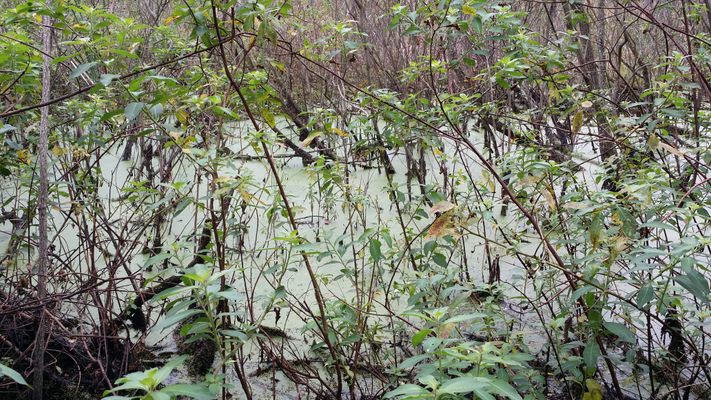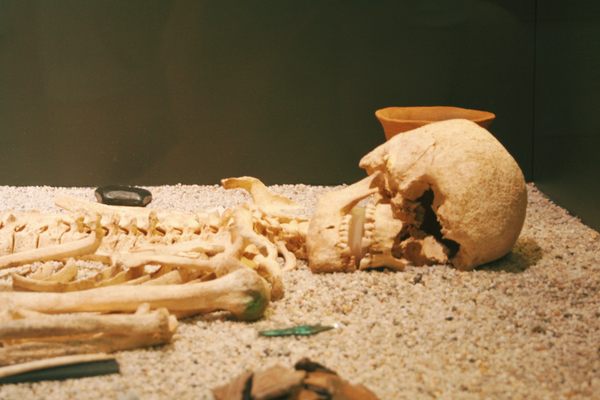About
The small pond known now as the Windover Archeological Site was once a burial spot for prehistoric peoples who could never have guessed that their ritual would end up preserving their dead remarkably well for thousands of years.
It is estimated that there has been water in the spot of the Windover Archaeological Site since as far back as 9,000 or 8,000 BCE. The soft muck in the bog must have seemed like an ideal spot for the prehistoric peoples of the area to bury their dead since the wet ground would have just swallowed up the bodies. When the site was discovered in 1984 by a construction worker who discovered human skulls while digging, it became clear just how popular the spot was. Once archaeologists had finished excavating the site they discovered remains from 168 people in total, and remarkably some of the bones were still connected to others despite thousands and thousands of years of decay.
As it turned out, the peat that made up much of the bog was especially well suited to slowing the process of decay allowing the skeletons to remain largely intact. Even more incredibly, the researchers also discovered intact brain tissue in some of the skulls. This find allowed them to actually map the genome of the ancient specimens, giving them an opportunity to compare us with some of our distant ancestors.
Related Tags
Know Before You Go
The only accessible part of this site is a historical marker. No access to a trail is noticeable. The closest address to the historical marker is to a driveway that has a "no trespassing" sign at the end of a driveway that leads to a house. The property was purchased from developer last year and is now owned by a preservation society.
Community Contributors
Added By
Published
March 28, 2014

















































